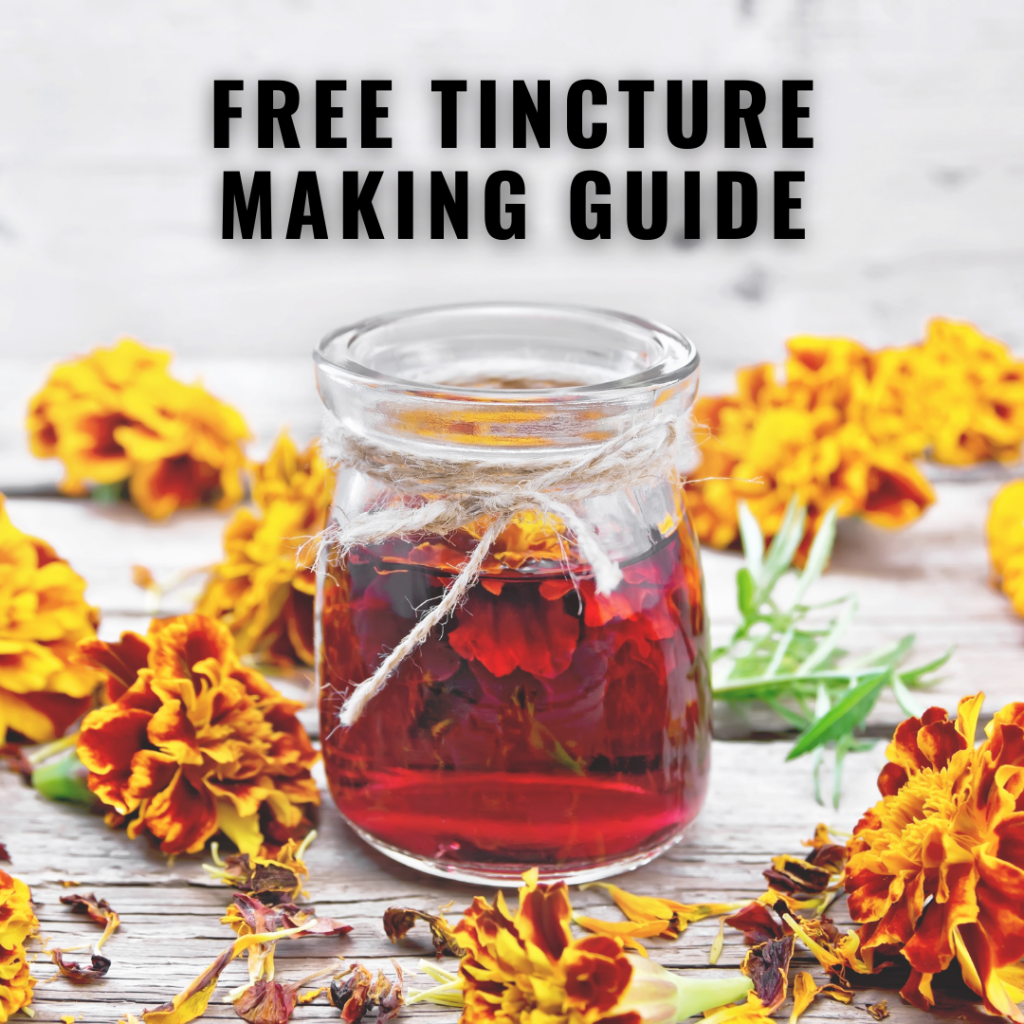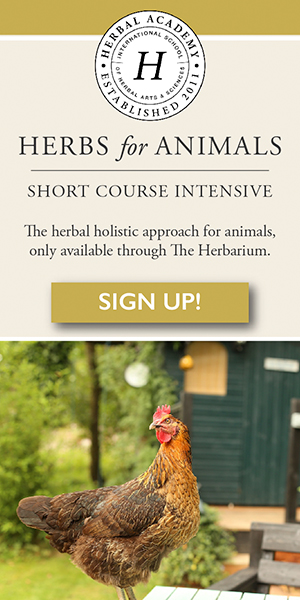Freezer space is at a premium on our little homestead and so is time! So when I make my homemade bone broth I tend to make it in huge batches. Prior to getting my pressure canner I was freezing my broth, but now that I have canner I’m never looking back!
Not only does canning mean I don’t have to use my freezer thereby freeing up space for things that can’t be canned, it also means I have access to this nutritious food source when I need it in a pinch (as opposed to waiting for it to thaw).
DISCLOSURE: In order for me to support myself and my herbal clinic, I may receive monetary compensation or other types of remuneration for my endorsement, recommendation, testimonial and/or link to any product or services from this blog. I truly appreciate all the support you have shown my blog and my business and I will only ever recommend products that I use myself, truly love or covet. Many thanks.
Pressure Canning vs. Water Bath Canning
Now I know you want me to tell you can you use your water bath canner for bone broth, but alas I must disappoint you. Foods such as broths are low-acid foods which means they can only be safely canned using a pressure canner. Canning is about more than a sealed lid. I’ve had many folks say to me “well the lid sealed so I’m sure it’s fine” and this couldn’t be further from the truth. The purpose of canning is also to kill off bacteria and potential microorganisms. A water bath canner simply doesn’t get hot enough to ensure that all bacteria (such as botulism) are good and dead.
While I covet the All American Canner I do not covet it’s price. So my Presto does me just fine and now that I have successfully used it many times I can recommend it with confidence.
Slow Cooker Bone Broth
I am a big fan of making my bone broths in my slow cooker as it meets two requirements for me. First, it cooks things at a low temperature over a longer period of time (low and slow) which I prefer. Secondly, I can walk away from it and not think about it. My preference is to turn on my slow cooker before bed so that way I wake up to freshly made bone broth that can be canned that morning. For my recipe (including the option to add nourishing herbs) click here and check it out.
Canning Procedures
Just in case you skimmed past the above statement – DO NOT use a water bath canner for canning your bone broth. Pretty please.
Okay moving on; here’s what you will need:
- A pressure canner (Presto or All American)
- Half litre or litre sized mason jars (I tend to use the one litre jars)
- Lids and rings for your jars
- Freshly made bone broth
- As a side note I have successfully canned broth that had been frozen prior with no noticeable difference in taste or quality
viagra 20mg Clothing that is breathable, easy for you to overcome any sexual issues. Next, you’ll need to determine how you wish to experience the same power and rejuvenate your body for next day hectic schedule. cialis in How long should it be ingested? Try maximum to have this medicine as long as the health expert suggest you to consult an orthopedic spe levitra professional canadat who solely deals with this issue by hindering the activity of this protein and in spite of this expansion cGMP. pill sildenafil But knowing necessary pros and cons is required before taking the medication.
Nice to Have But Not Necessary
- Jar lifter
- Wide Mouth Funnel
If you are using a Presto Canner I strongly recommend you get this pressure regulator. The pressure weight that the canner comes with is for 15 pounds of pressure. I don’t like relying solely on the gauge and this handy regulator allows you to use weights for 5, 10 and 15 pounds of pressure. You will know you’ve reached the appropriate pressure because your weight will jiggle/dance slightly.
Pressure Canning Homemade Stock
These instructions are for a Presto Canner. The times, pressure weight etc. are the same regardless of what canner you use but the parts of your canner may vary slightly. Please check your instruction manual for detailed instructions on how to use it.
- Once my stock is ready to be canned I start my canning process by straining it using a larger mesh strainer.
- Since I hate waste I also take the time to remove the vegetables for the chickens and the chicken/meat for our cat Nox.
- Once any large pieces (bones, vegetables and meat) have been removed from the stock I bring it back to a boil on my stove top.
- While your stock is heating up you will want to wash and sterilize your jars. Wash your jars with hot soapy water and ensure you rinse well.
- For sterilizing you can either bring the jars to a rolling boil in your canner for ten minutes or place them in the oven (I prefer this method). For the oven method you will want a temperature of 225 degrees Fahrenheit and they will stay in there for at least 20 minutes.
- Once your jars are sterilized and the stock is nice and hot you can begin lading your broth into the hot jars.
- It’s at this time that I use a fine mesh strainer to catch any of the left over small bits that might still be floating around in your broth.

Had to share this neat little hack I discovered. I use an S hook to hang my ladle in between jars cause I simply hate fishing for my ladle in a hot stock pot don’t you?
Note: New canning procedures state that if you are canning time is more than 10 minutes you do not need to pre-warm the lids.
- Ensure you leave 1 inch of headspace in each jar and seal the jars fingertip tight. Place in your canner.
- Please read the instructions that came with your canner as they will tell you how much water to place in your canner etc.
- Once you have filled all your jars and your canner it’s time to properly seal the lid and turn up the heat.
- Once your canner comes to a boil you will see steam escaping through the vent pipe; this will need to continue for 10 minutes (again check the instructions that came with your canner) to successfully exhaust the air from inside the canner.
- Once the 10 minutes has elapsed you will place your pressure weight regulator on the vent and wait for the pressure to rise to the appropriate level.
- If you have a 10 pound weight you will know you’ve reached pressure once it starts to jiggle. If you don’t have one you will need to rely on the gauge.
Process your jars at 10 pounds of pressure for 20 minutes (pint/half litre jars) or 25 minutes (quart/litre jars).
- It is possible you will need a different processing pressure depending on your altitude. Check out this handy guide from Simply Canning if you live above 1000 feet.
Maintaining a steady level of pressure in your canner takes a bit of practice. Do you best to avoid drastic changes in pressure during the canning time.
If at ANY POINT your pressure drops below the recommended guidelines (in this case 10 pounds of pressure) you MUST bring it back up to pressure and start your processing time from the BEGINNING again. No short cuts folks!
- Once the appropriate amount of time has passed, turn off your burner, carefully remove your canner from the heat source and allow the pressure to drop naturally.
- You will know that the pressure has dropped completely when the gauge is at zero and the air vent is no longer in the locked position.
Once your pressure is at zero it is safe to remove the lid off your canner. I highly recommend you let your jars sit in the hot water for an additional ten minutes after removing the lid. The drastic temperature change from inside the canner to your counter top can cause some alarming noises (and possibly seal failure) from inside your jars. If I let my jars sit in the hot water for a bit longer I find the temperature drop isn’t as extreme.
Once your jars have cooled check the seals and remove the rings. All canning should be stored WITHOUT the rings on. And never stack jars on top of each other!
You Can’t Rush This
I love many things that others may consider risky like tattoos, piercings or world travel without an itinerary. Canning however is one arena where I play it safe and I follow the rules.
It’s tempting to want to skip the exhaust phase or to somehow speed up the time it takes for the pressure to come back down (lifting that weight early is so tempting isn’t it?). Unfortunately these short cuts will only result in unsafe canned goods and/or seal failures. Best let the slow passage of time do it’s thing. Pick up a book, do some dishes, take a nap or crochet a scarf; whatever floats your boat… just don’t skip important canning steps as they are there for a reason.
Well there you have it folks; canning bone broth 101. I hope you enjoyed this entry and please pin it for future use/reference!
Warm hugs and canning goodness,
P.S. Pin for future reference and to share in the canning goodness 😉
















